
|
|
|
|
|
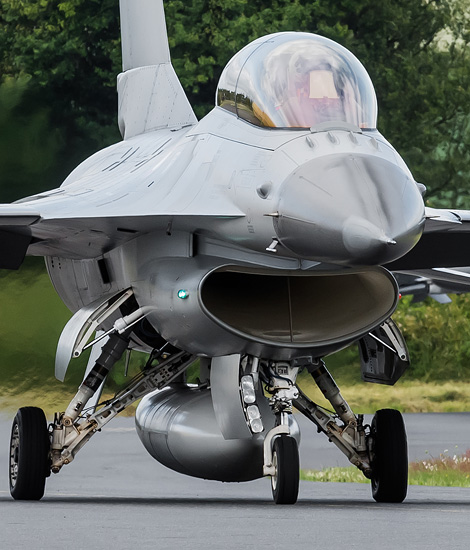
|
The Air Defense of Denmark; Skrydstrup, July 4, 2017
The Danish Quick Reaction Alert, part 1; Text and Photograph's by Alex van Noye
The Royal Danish Air Force (Flyvevåbnet) is part of the Danish defense and has been a separate unit within the Danish armed forces since the beginning of the 50s. The Danish Air Force has for years been responsible for the security and monitoring of the Danish airspace against unwanted intruders and possible aggressors.
Denmark is since 1980 one of the four initial F-16 users in Europe together with Belgium, the Netherlands and Norway. In total, the country received 77 F-16 Fighting Falcons. 62 F-16A and 15 F-16 fighter planes were delivered to Denmark. The F-16s of this air force were divided over two airfields in the 80s and 90s, namely Skrydstrup and Aalborg. Skrydstrup is currently the only operating F-16 airbase of the Danes. The Eskadrille 727 "Craven" and the Eskadrille 730 "Birdsong" are stationed at this airfield. Aalborg is now no longer an operational F-16 base and in the past it housed the Eskadrille 723 "Horntail" and the Eskadrille 726 "Phantom". These units were disbanded in 2001 and in 2005 as part of the contraction of the Danish F-16 fleet. Since 2016, only 44 of the original 77 aircraft are still in use at the Danish Air Force. All these aircraft were brought to the MLU (Mid Life Update) standard at the beginning of the 2000s. Denmark is part of the European Participating Air Forces and the two still existing F-16 squadrons are assigned to the European Expeditionary Air Wing. This means that the units are capable of being deployed worldwide in the service of NATO and European cooperation in an international context. In the past two decades, the Danish Air Force has participated in international missions with F-16s. The Danish F-16s have been deployed internationally in major operations, such as; Allied Force in Serbia in 1999, Enduring Freedom in Afghanistan in 2002 and Odyssey Down in Libya in 2011. In addition to these missions, many QRA tasks were also carried out during the Baltic Air Policing in the Baltic States and the Iceland Air Policing in Iceland.
The most important national task of the F-16s in Denmark is to defend the national airspace. Four aircraft are always ready for this task on Quick Reaction Alert (QRA). The QRA is a very high state of readiness, using the Danish F-16s to protect the airspace of Denmark and the other NATO countries. This means that after a scramble of the Danish air combat command a number of armed F-16s will be sent to the air
|
|
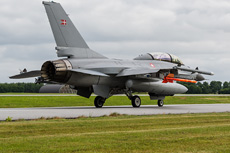
|
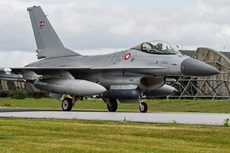
|
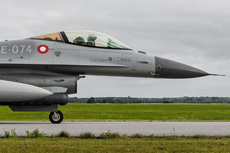
|
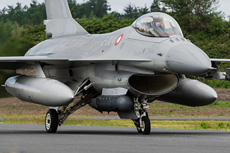
|
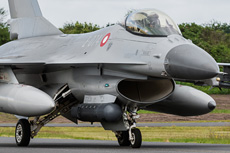
|
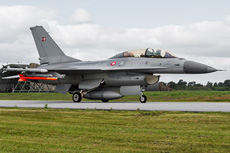
|
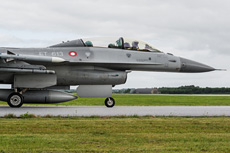
|
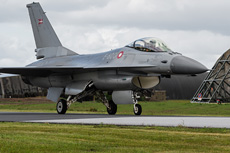
|
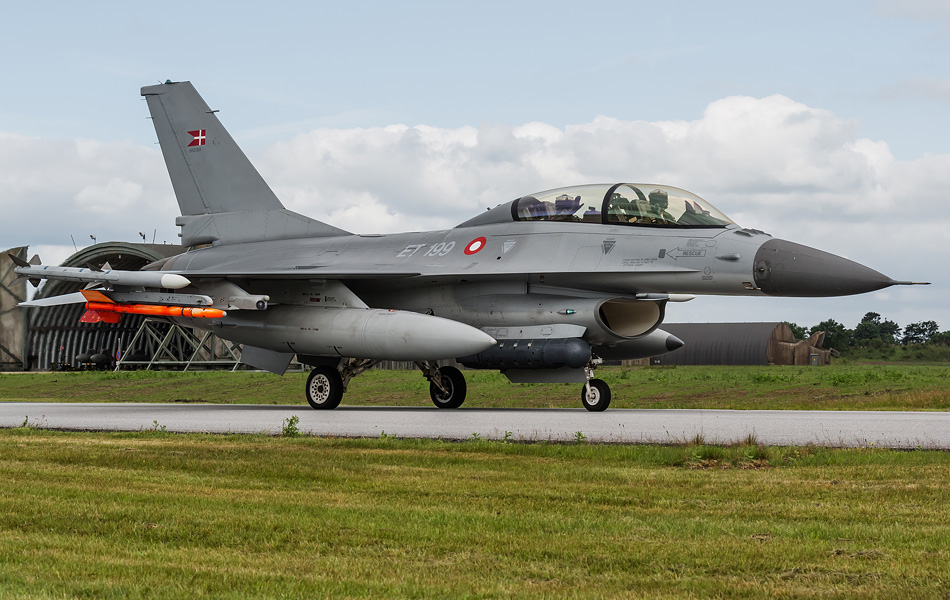
|
within a few minutes. How many minutes it takes before the aircraft can be in the air depends on the current threat level. If the national threat goes up, this response time can always be adjusted downwards to be deployable as quickly as possible. For example, a scramble is performed if an aircraft with unknown identity is detected on the radar or if an aircraft doesn’t respond on radio contact at the prescribed air traffic control frequencies. In case of emergency, the F-16s can also be scrambled to carry out an inspection for damage, for example, by flying in formation with the aircraft in question. The Danish F-16s are daily on a 24-hour QRA at Skrydstrup. This means that the fighter planes can be deployed directly 24 hours a day, seven days a week and 365 days a year. It takes a lot of planning and discipline from the Danish pilots to perform this responsible task. Also at night pilots must be able to immediately switch when a scramble takes place. During these hours the pilots are at sleep and they have to be fully alert during a QRA.
For this highest state of QRA, there are continuously two aircraft on stand-by. In addition, there are also two aircraft on stand-by as backup for the first pair. The four F-16s are parked in a specially constructed hangar near the crew building. The aircraft are constantly connected to the external power supply and have already been checked. This means that during an Alpha Scramble the aircraft only need to be started and they can immediately take off. As a second backup, there are always a number of aircraft ready for action in the maintenance hangar which can also be used in case of a malfunction on one of the four stand-by aircraft. The four F-16s are all armed with two AIM-9L Sidewinder heat guided missiles and a fully loaded drum for the 20mm onboard gun. The AIM-9L Sidewinder is the latest version developed from this missile and is therefore the most advanced missile of its kind. On the centerline of the F-16s is one single fuel tank suspended in the standard QRA lay-out of the fighters. The Danish pilots which are standby are running shifts of 12.5 hours. The team for the first QRA pair consists of two pilots and two crew chiefs. The hangars in which the QRA F-16s are located, are very close to the squadron building, allowing the pilots to climb directly into the aircraft during a scramble. In addition to the stand-by, the pilots are also well trained to perform the QRA task as well as possible. On the weekdays a scramble is often performed in the morning and in the afternoon. QRA scrambles are practiced in this way of training.
The Air Control Wing (ACW) is the unit of the Danish Air Force which is responsible for military surveillance of all air traffic in the country. This means that the unit is responsible for both civil and military traffic in Danish and adjacent airspace. This check is done by the control center at Karup Air Base. The QRA is also scrambled based on the information coming from this center. The ACW therefore plays a very important role in the surveillance of the Danish airspace. If necessary, the ACW can also cooperate with flying radar stations like an E-3A Sentry from the NATO in Geilenkirchen. Three radar stations in Denmark are equipped with a long-range radar and provide information to the control center. The radar stations are located in Skagen, Skrydstrup (Sønderjylland) and Bornholm. Several smaller radars help to create the complete radar image of the air traffic in the country. The ACW also has a mobile control center which can be used with high readiness wherever required. During the Iceland Air Policing this installation was used two times; the mobile installation was flown to Iceland by a C-130 Hercules. This mobile center can perform the same tasks as the control center at Karup. At Kastrup Air Base, the ACW has been stationed with air traffic controllers and aviation assistants who, together with civil aviation control, arrange both military and civil aviation traffic.
|
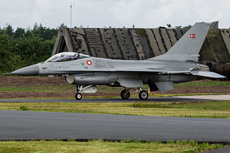
|
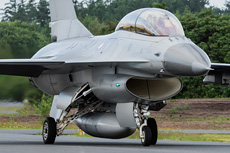
|
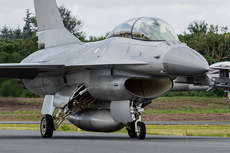
|
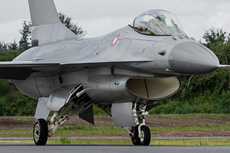
|
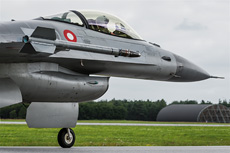
|
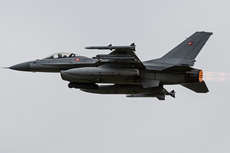
|
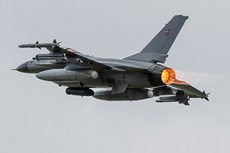
|
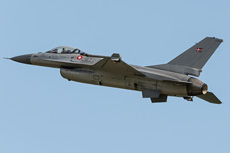
|
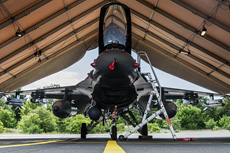
|
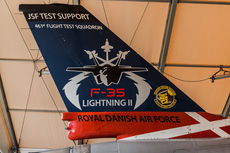
|
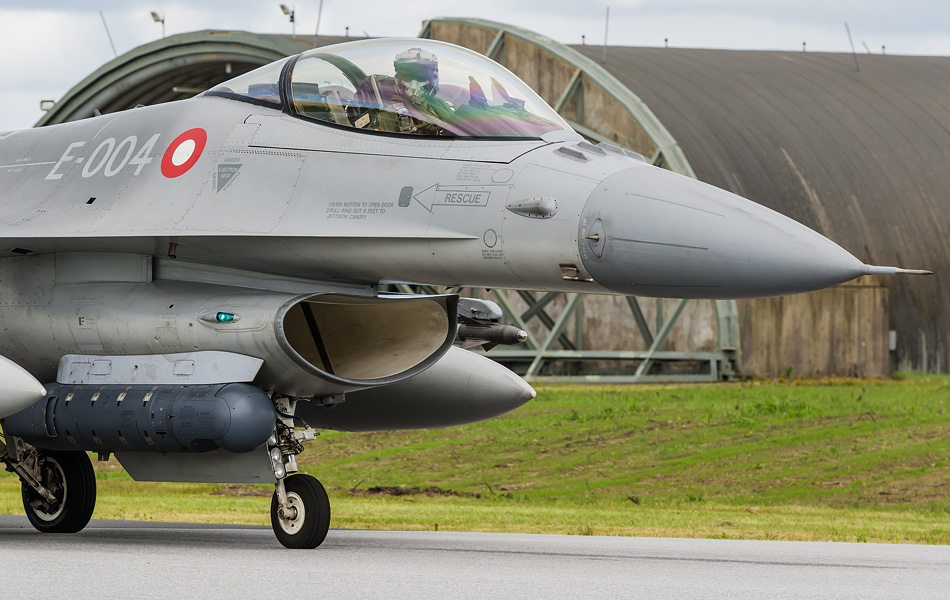
|
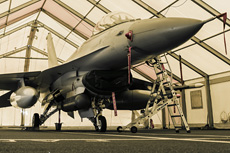
|
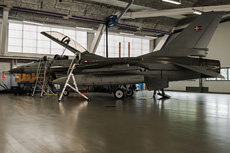
|
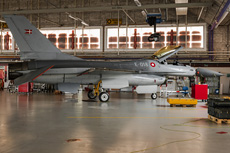
|
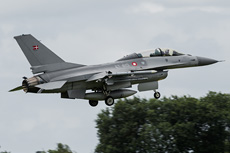
|
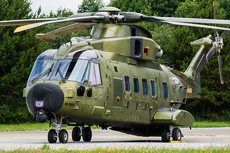
|
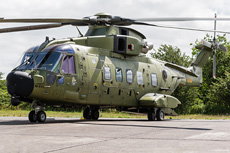
|
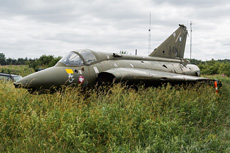
|
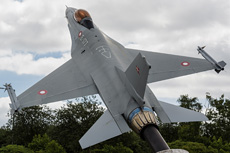
|
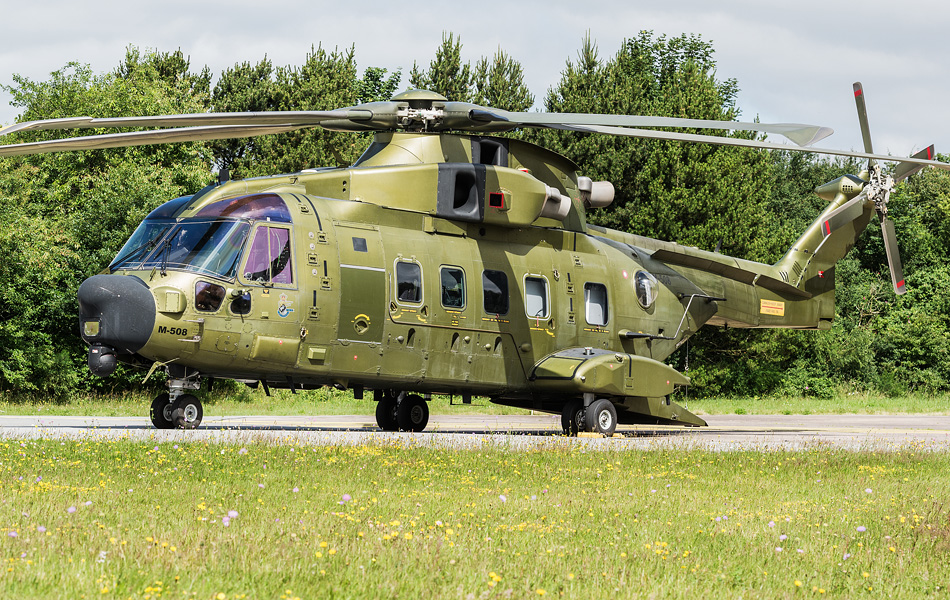
|
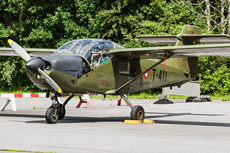
|
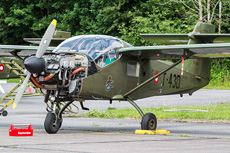
|
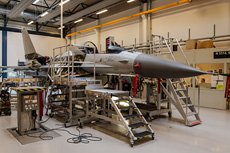
|
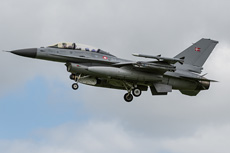
|
|
|

|







